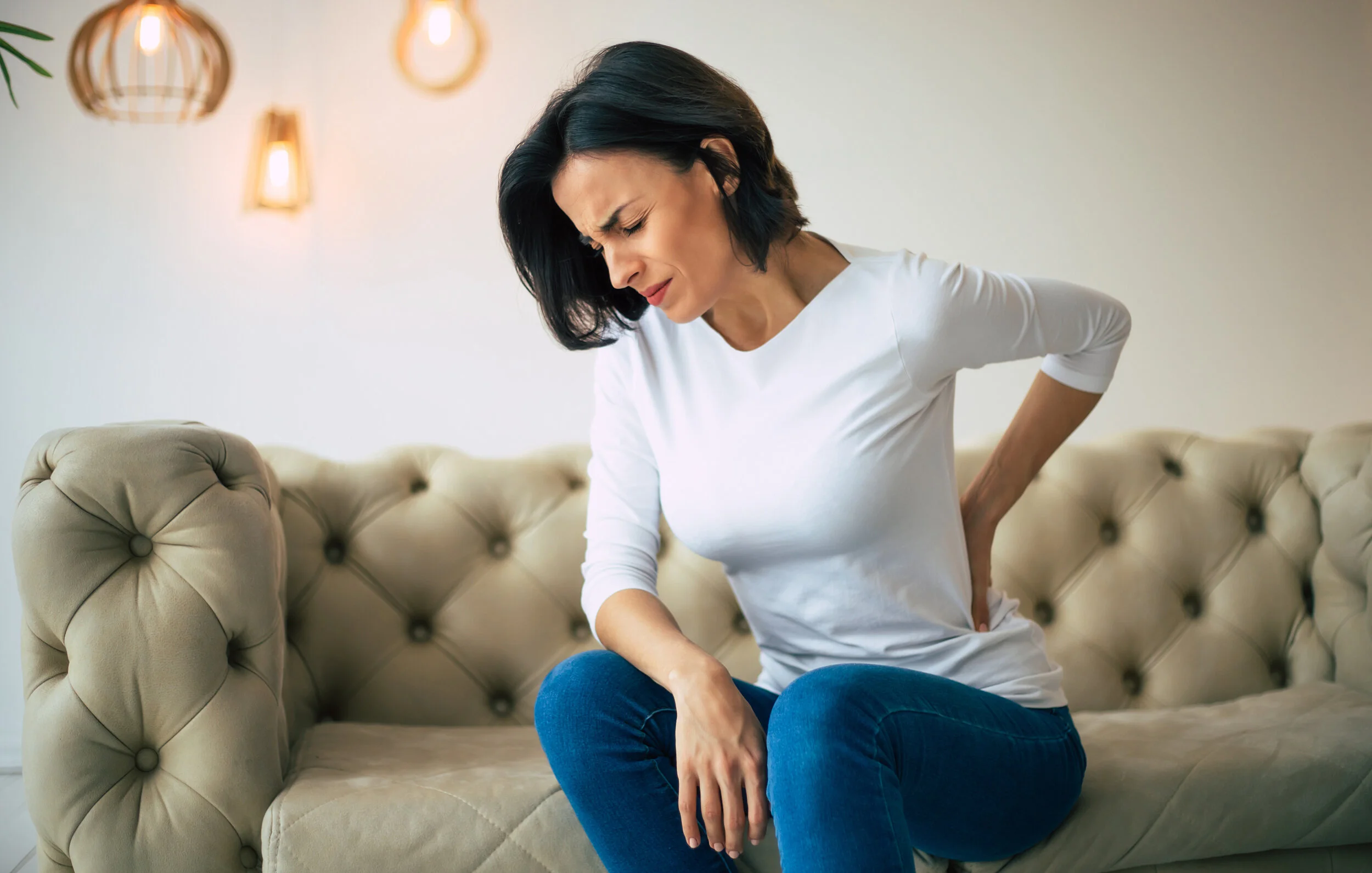
The Osteopathic Journey will most likely take you through 3 phases of Care:
Acute Pain Relief:
The first goal must be pain management. By diagnosing the cause of the pain it will help you manage it so that you can move into the recovery phase.
Restore Health:
Once the pain is managed, then the body can begin the healing process. This restoration of structural and functional health will depend on the underlying cause. You will also be given management tools such as rehabilitation exercises to do at this point.
Maintain Wellness:
Once your problem is fully on the road to recovery, management and maintenance of that health is a factor in your ongoing well-being. You will be given self-help tools and advice and periodic treatment may be recommended to help you maintain your functional and structural health.
Back pain affects up to 80% of us at some point in our lives. Your spine is made of solid, bony blocks reinforced by strong ligaments and muscles. It is surprisingly difficult to damage the spine but if strained, the surrounding muscles and ligaments can cause discomfort and pain.
Ageing does not necessarily mean that we will experience increased pain or stiffness. However, if this does become a problem, people often find that treatment and advice from an osteopath
Participating in sports too often or too hard may result in an injury. Failing to warm up properly beforehand, or warm down and stretch after exercise may also result in strains.
The knee is the largest joint in the body. It is a major weight-bearing joint and is one of the most frequently injured joints in the human body.
The foot and ankle is made up of a number of small bones interconnected by ligaments, muscles and fascia all working together to give the strength, stability and flexibility the foot and ankle needs to function properly.
Pain in the elbow is often due to two main conditions – tennis elbow and golfers elbow. Tennis elbow causes pain and tenderness around the outside of the elbow joint, whereas golfer’s elbow causes pain around the inner side of the joint.
There are several reasons for headaches. Most are not serious and once the cause is established headaches can often be helped by simple changes in lifestyle. One cause can be tension or strain in the muscles and joints of the neck and upper back.
The Office for National Statistics (ONS) reports that 30.8 million working days are lost each year due to MSK issues such as back, neck and upper limb pain in the UK alone. Habitual poor posture can contribute to daily aches and discomfort
Neck pain is common in people of all ages and is often caused by how we use our necks.
Working all day bent over a computer, driving long distances, poor posture while standing or sitting, stress and tiredness are all factors that can cause the muscles in the neck and upper back to become tight
Shoulder problems are often complex and can take a long time to resolve. An osteopath will work with you to try and understand the cause of your shoulder problem.
Pain can come from a tight, strained or overused muscle in the hip or from the joint itself. Pain in the hip can sometimes be the result of an injury, it can be referred from the back or related to the way you move, stand and/or use your hip.
Pain occurring in the hand can sometimes be relieved by the gentle manual treatment of osteopaths depending on the cause. Osteoarthritis or wear and tear in the joints of the hand and the elbow may be the
These simple tips can keep you healthy at work and avoid unnecessary strain on your muscles and joints:
"
93.2% of osteopathic patients felt that their experience of osteopathy was very good.
Patient-Reported Outcome Measures adult data, 2017













